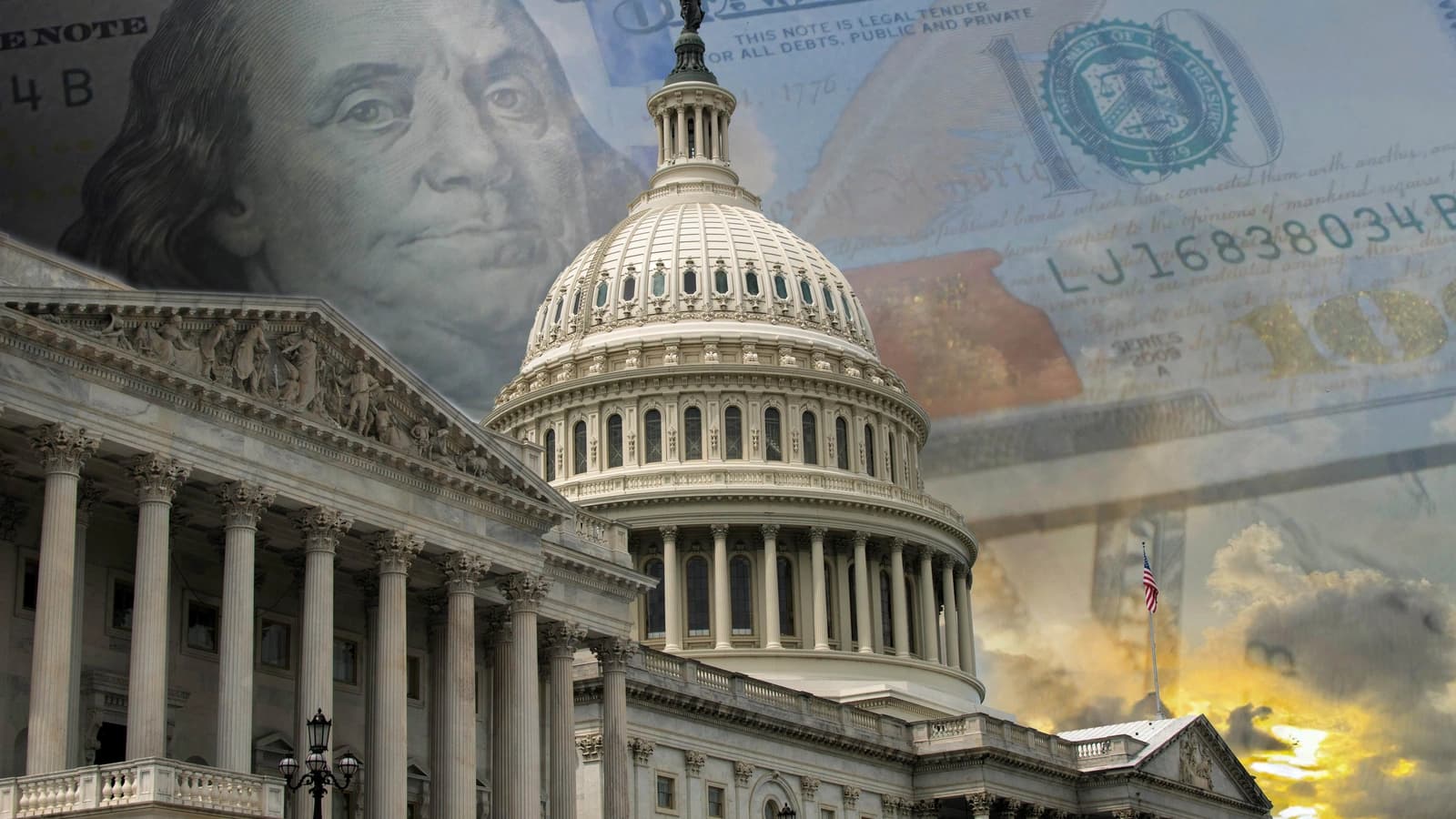Treasury Secretary says shutdown inflicted $11 billion permanent hit, but recession risk is low
Treasury Secretary Scott Bessent told NBC’s Meet the Press that the 43 day federal shutdown cost the U.S. economy an estimated $11 billion in permanent damage, but he does not see the nation tipping into a broad recession. His assessment matters because it frames policy trade offs for 2026 as officials weigh interest rate paths, tax changes, and efforts to lower healthcare costs.

Treasury Secretary Scott Bessent told NBC’s Meet the Press on November 24 that the recent 43 day federal funding lapse inflicted an estimated $11 billion permanent loss to the U.S. economy, while stopping short of warning that the country would fall into a generalized recession. The comments, reported by Reuters and other outlets, signal the administration’s view that the shutdown produced measurable long run scarring even as headline growth and jobs data have so far avoided a broad collapse.
An $11 billion hit represents a relatively small share of annual U.S. output, roughly four one hundredths of one percent of nominal GDP, but its characterization as permanent is important. Economists use that term to describe losses not recovered once normal operations resume, reflecting damage to investment plans, interrupted supply chains, delayed government services, and long lived reductions in confidence. The administration’s calculation suggests some firms and households revised plans because of heightened policy risk.
Bessent said sectors that are sensitive to interest rates, including housing, have shown particular weakness in the aftermath of the shutdown. Mortgage markets and builders had already been under pressure this year from elevated borrowing costs, and the added uncertainty from a prolonged lapse in appropriations appears to have exacerbated softness in residential investment and home sales. Weaker activity in housing tends to ripple through employment in construction, materials and related services, and can damp household spending.
Despite those localized pressures, Bessent expressed optimism for 2026, citing expectations for easing interest rates and tax changes that the administration views as supportive of growth. That outlook aligns with a broader policy debate about when monetary policy will begin to pivot as inflation moderates. If interest rate relief arrives, it could relieve stress on housing and other rate sensitive sectors, though the timing and magnitude of any Fed moves will determine how quickly those gains materialize.
The Treasury secretary also reiterated administration priorities on lowering healthcare costs and promoting growth. For policymakers, the twin challenges are to shore up demand where shutdown related damage occurred and to reduce the probability of future funding interruptions that can erode economic confidence. Measures that reduce healthcare spending growth and clarify tax rules could raise potential output over time, but they require legislative action and negotiated trade offs.
Market implications from Bessent’s assessment are mixed. The relatively modest size of the permanent loss should limit its macroeconomic spillovers, yet the signal that shutdowns can impose lasting damage may raise borrowing costs for government and businesses in periods of political gridlock. More important for investors and households will be whether interest rates meaningfully ease in 2026 and whether fiscal measures to contain healthcare costs and support investment are enacted.
As Washington considers these choices, the administration’s message is clear. The shutdown did measurable damage but did not, in its view, push the economy into a broad recession. The policy focus now turns to reducing policy uncertainty and shaping fiscal and regulatory measures that bolster growth and resilience over the coming year.


